Some of the furniture on this page may already have been sold. Please contact us to find out if the item you are interested in is still available.
The emergence of period provincial furniture – a play in three acts:
The provincial furniture of the nobility
In France, the second half of the 16ᵗʰ century was profoundly marked by eight wars of religion between Catholics and Protestants, which left the country in a state of ruin. In the 17ᵗʰ century, at the instigation of Henri IV, the Kingdom of France was to recover and reach its economic and military apogee. Its cultural influence spread throughout Europe. That is why this period is now called the “Grand Siècle”. The elite were to aspire to a new way of life, comfortable, expensive and peaceful.
The nobility was to leave the mediaeval fortresses and build splendid castles with cosier living spaces and more light thanks to numerous windows. Panelling adorned the walls along with tapestries and mirrors. The storage unit, which prior to this time was nothing more than a simple chest, was replaced by a newcomer: the commode, which was indeed “practical” (the English translation of “commode”) in all its forms – “tombeau”, “arbalète” or “galbée”. The trestle table that formerly stood in the château was replaced by an imposing banqueting table surrounded by comfortable chairs, produced on a large scale and in various shapes and forms: high back armchairs, flat back “fauteuils à la reine” armchairs, wing chairs, cabriolet chairs. The tall armoire took pride of place, proud of its poly-lobed panels in relief and its “crown”, its generously moulded cornice. As you explore these noble residences you will find furniture in the kitchens and pantries and in the servants’ quarters as well as in the hunting lodges at the bottom of the parks: for example, servers, pantry tables, country sideboards, meat safes as well as the tables, armoires and hunters’ buffets with marble tops on which game was carved. One of the favourite types of wood at that time was walnut, a wood species highly prized by the furniture-maker craftsmen, both for its delicate fibre and its various shades.
A fine example of the provincial furniture of the nobility
Louis XIII wardrobe – 17ᵗʰ century – Limousin
This linen cupboard from Limousin is typical of the first provincial furniture to make its way into aristocratic homes at the start of the 17ᵗʰ century. Before that, they put their clothes and linen in chests. This is a functional piece of furniture with just one audacious artistic feature: the moulding on the panels, designed to catch the light. During the same period, the armoire, the table and a few chairs came and brightened up the insides of the aristocratic residences and the stately homes of the wealthy landowners in the Provinces of France.
Furniture presented as example. Please contact David on 06 78 92 61 98 if you would like him to offer you similar pieces.
The provincial furniture of the bourgeoisie
All those who contributed to the sudden growth of trade and industry in the 17th century began to form a new social class, the bourgeoisie. Maritime factories were established in the large port cities of France. To build and fill their caravels, these factories needed goods from inland regions: wood, hemp, textiles, knives, firearms, wines, spirits, wheat, flour, etc. In next to no time, the floodgates opened, great amounts of wealth were accumulated and elegant manors and chateaux were built. In the 18ᵗʰ century, le Sieur Jean de Bouilhac, Louis XV’s doctor, ordered the construction of the Hôtel de Bouilhac in Montignac, the town where the Aux-Rois-Louis salesroom gallery is situated today. This hotel particulier is listed by the French Historic Monument Society.
The bourgeoisie’s strong aspiration to accede to the social status of the nobility continued all through the 17ᵗʰ century. To achieve this end, they embellished their homes with new living spaces, rivalling in terms of comfort and cosiness. They created entrance halls, living rooms, boudoirs, smoking rooms, studies, all of which called for new furniture. It was at this time that they invented the sofa, the confidante, the “duchesse” lounge chair, the “duchesse brisée”, the stool as well as a large number of chairs including the fireside chair which the smokers turned round to have their backs to the fireplace. In their studies they installed writing tables, derived from flat top desks, reading desks and slant top desks, often designed like a trompe l’oeil theatre décor behind which was hidden a set of drawers and a secret compartment, sometimes used for hiding love letters or “inheritance powder”, the name they gave to the poison they put inside rings and sprinkled into glasses at receptions in order to eliminate certain heirs.
A fine example of the provincial furniture of the bourgeoisie
Louis XIV walnut armoire – late 17ᵗʰ century - Perigord
This coffered armoire, with drawers in the lower part, is in the Louis XIV style. The ultimate aim was to flaunt in one’s own home an ostentatious piece of furniture, reflecting the pomp and splendour of Versailles, initiated by Louis XIV, the Sun King. This type of furniture crowned the social and economic success of a bourgeoisie that had made a fortune and wanted to show off. Heavy sideboards, big banqueting tables, dressers for displaying copper ware, pewter ware and pottery and two-tiered buffets in the servants’ quarters for arranging all the kitchen utensils.
Furniture presented as example. Please contact David on 06 78 92 61 98 if you would like him to offer you similar pieces.

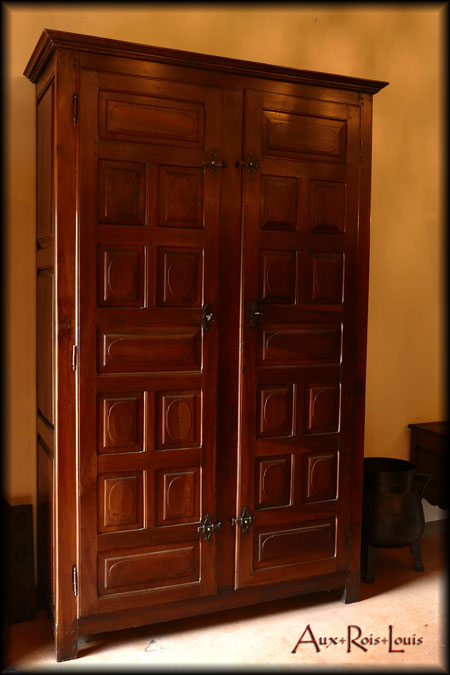
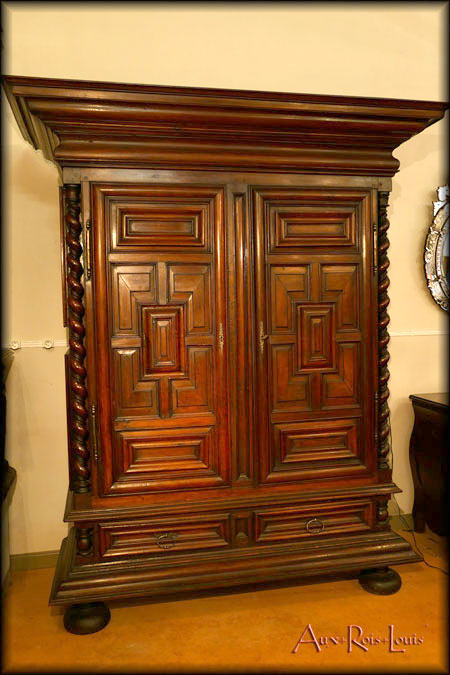
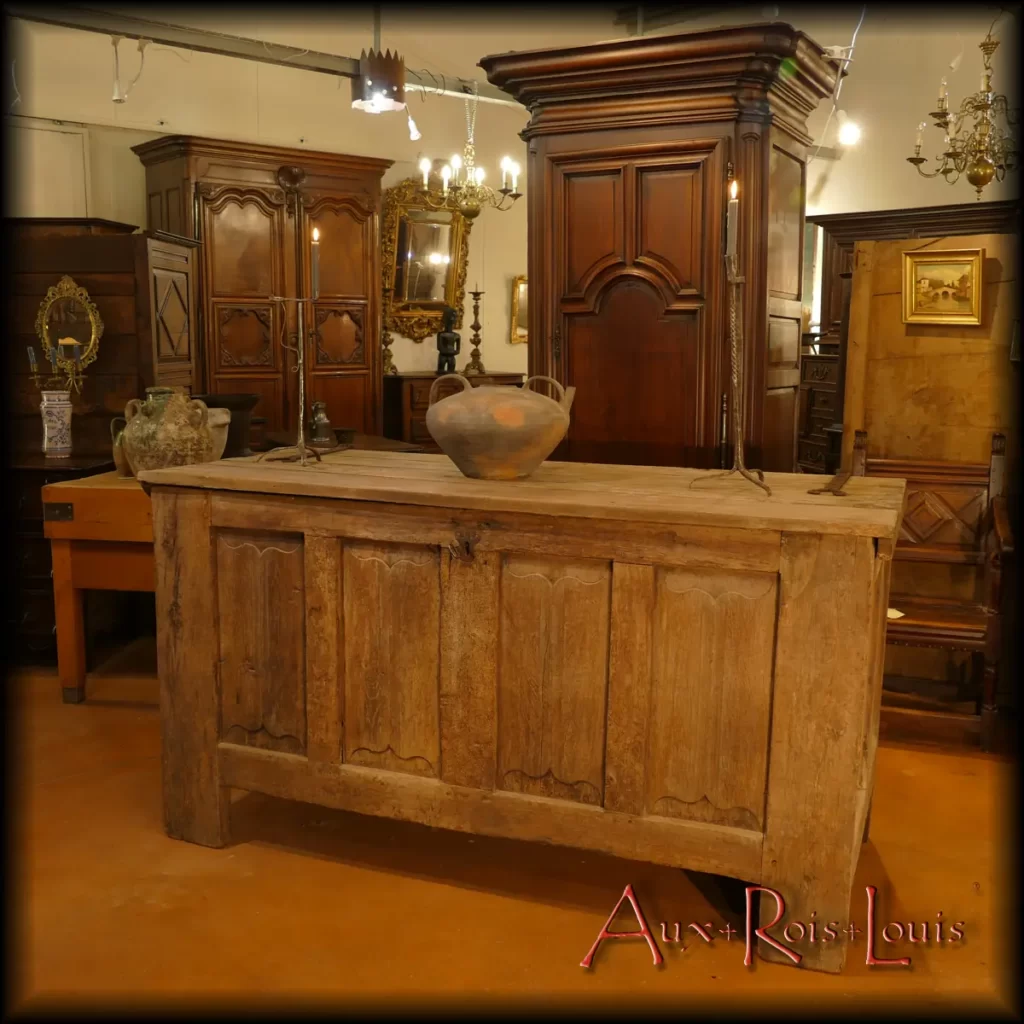
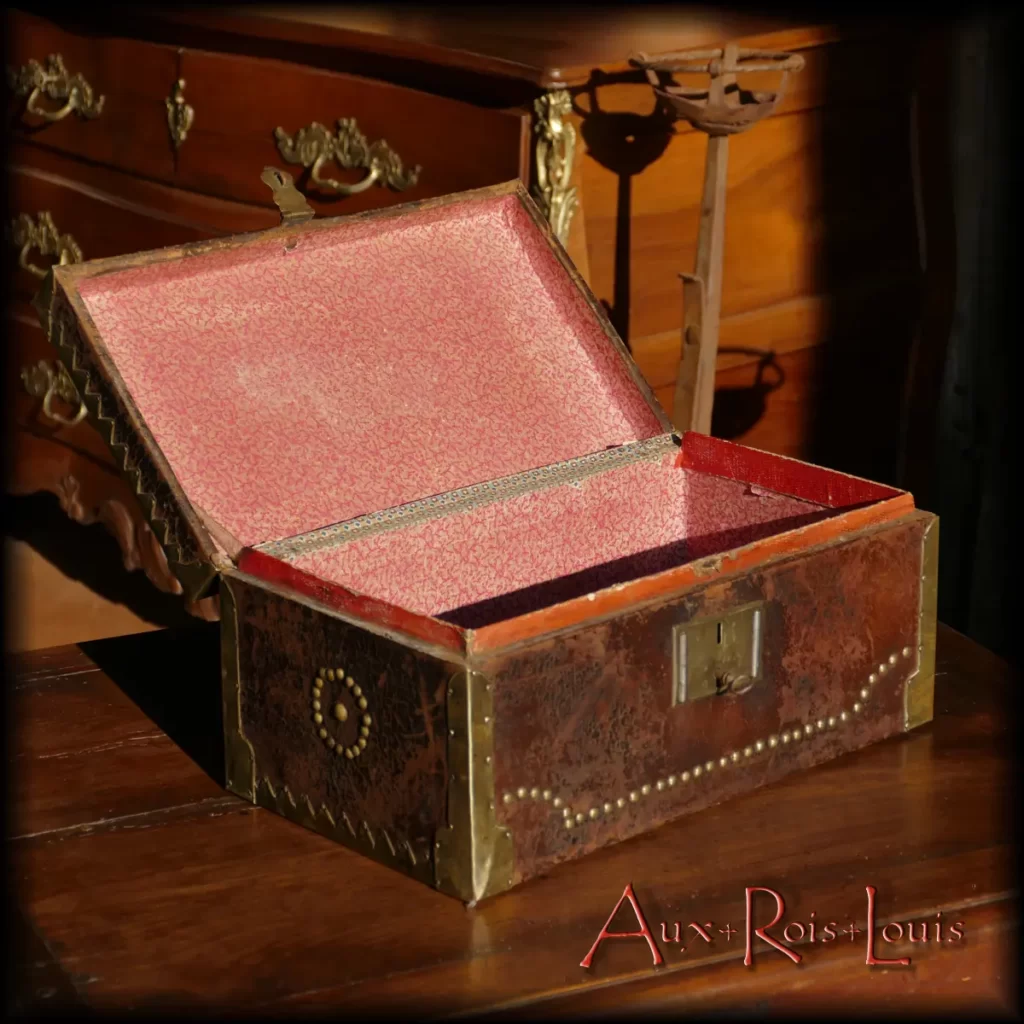
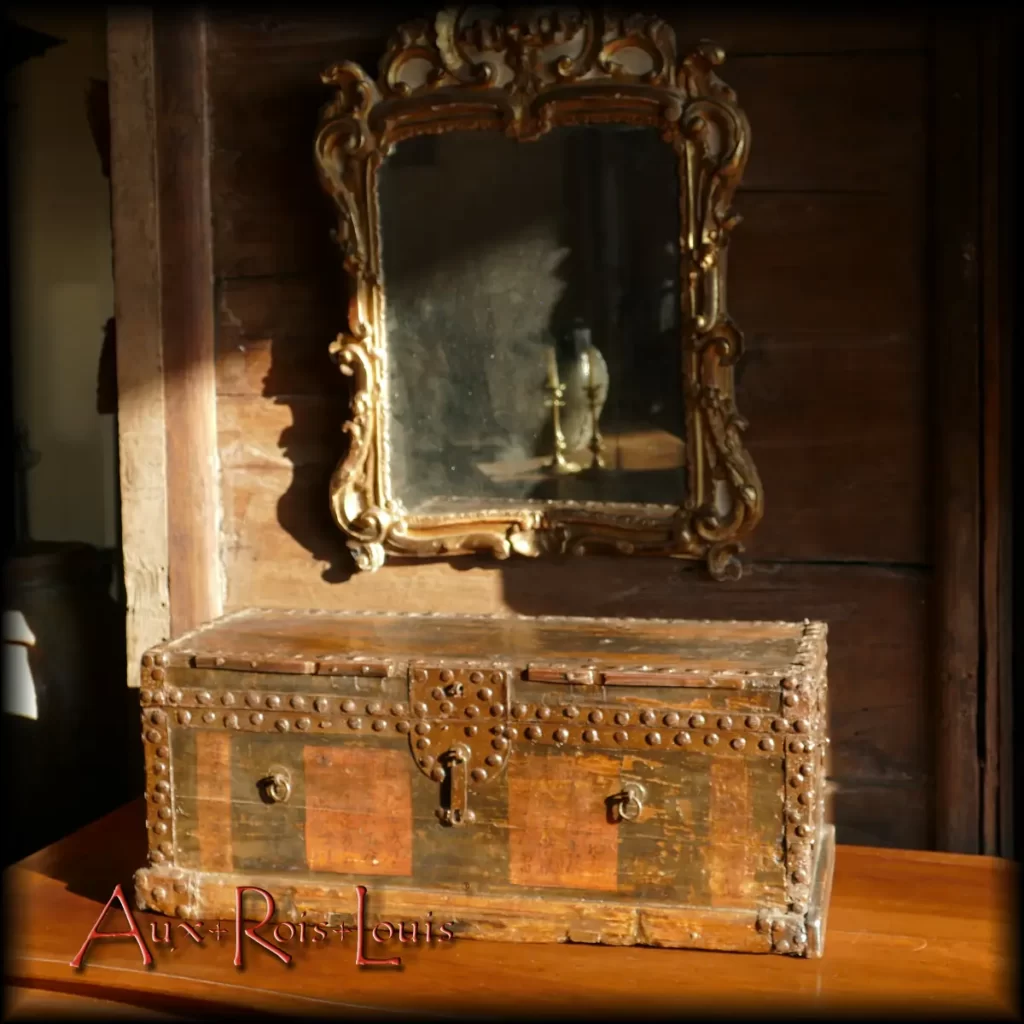
![Polychrome Walnut Virgin with Serpent – 18th Century – Midi-Pyrénées – [ME116]](https://www.aux-rois-louis.com/wp-content/uploads/2023/10/ME116_P1670078-1024x1024.webp)
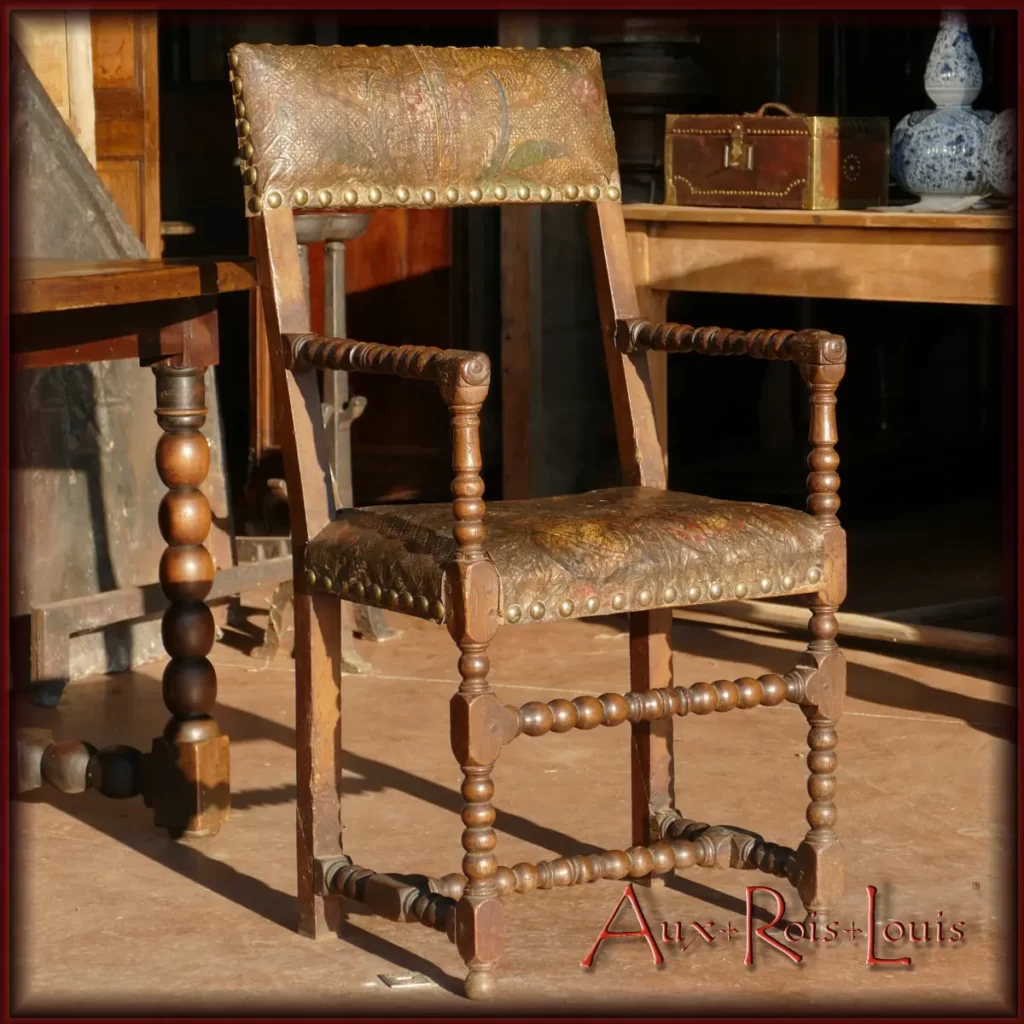
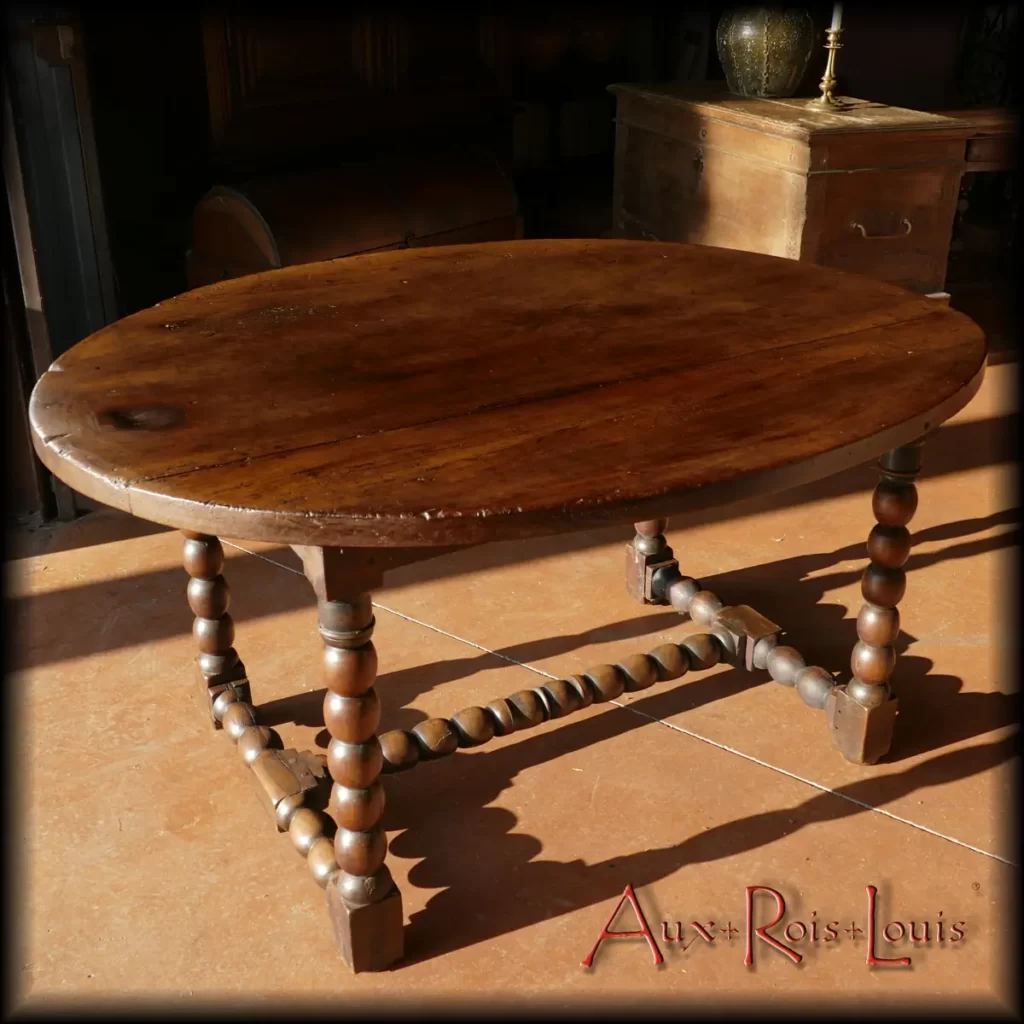
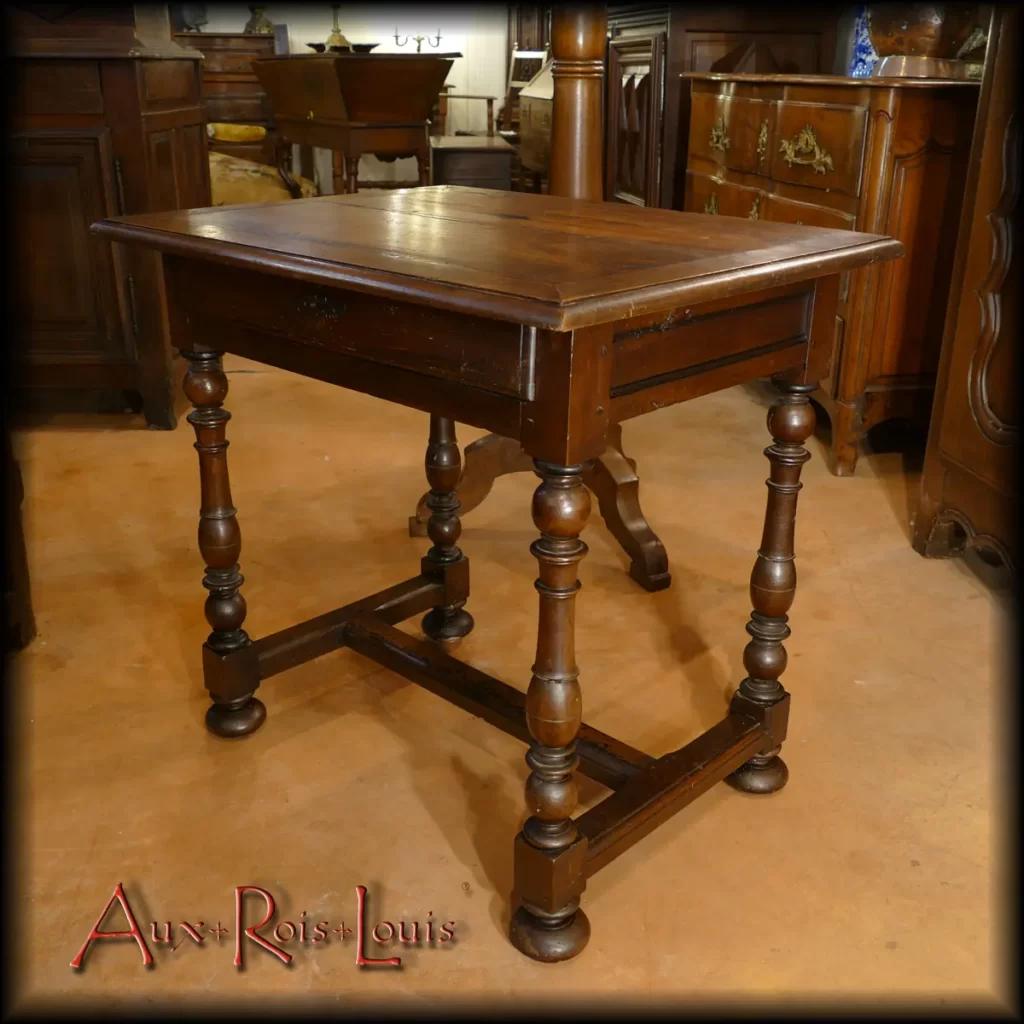

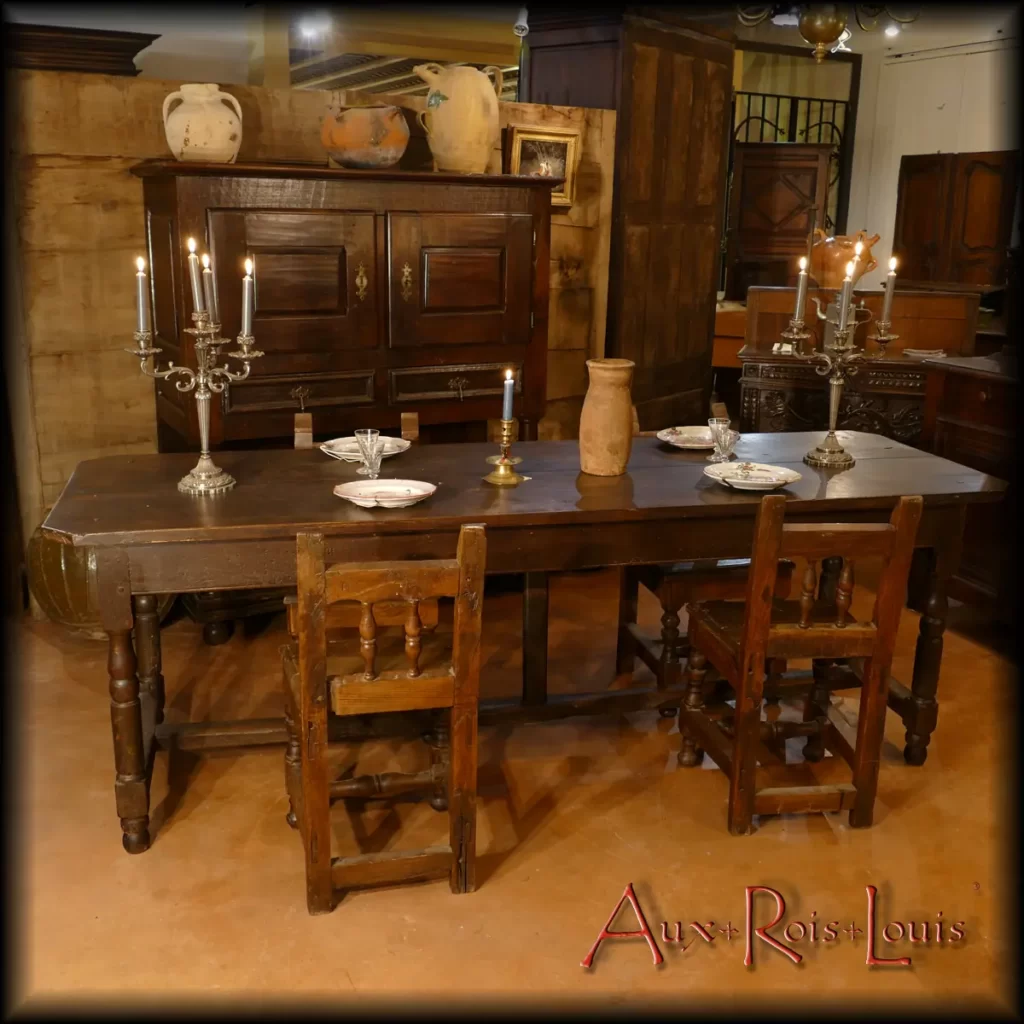
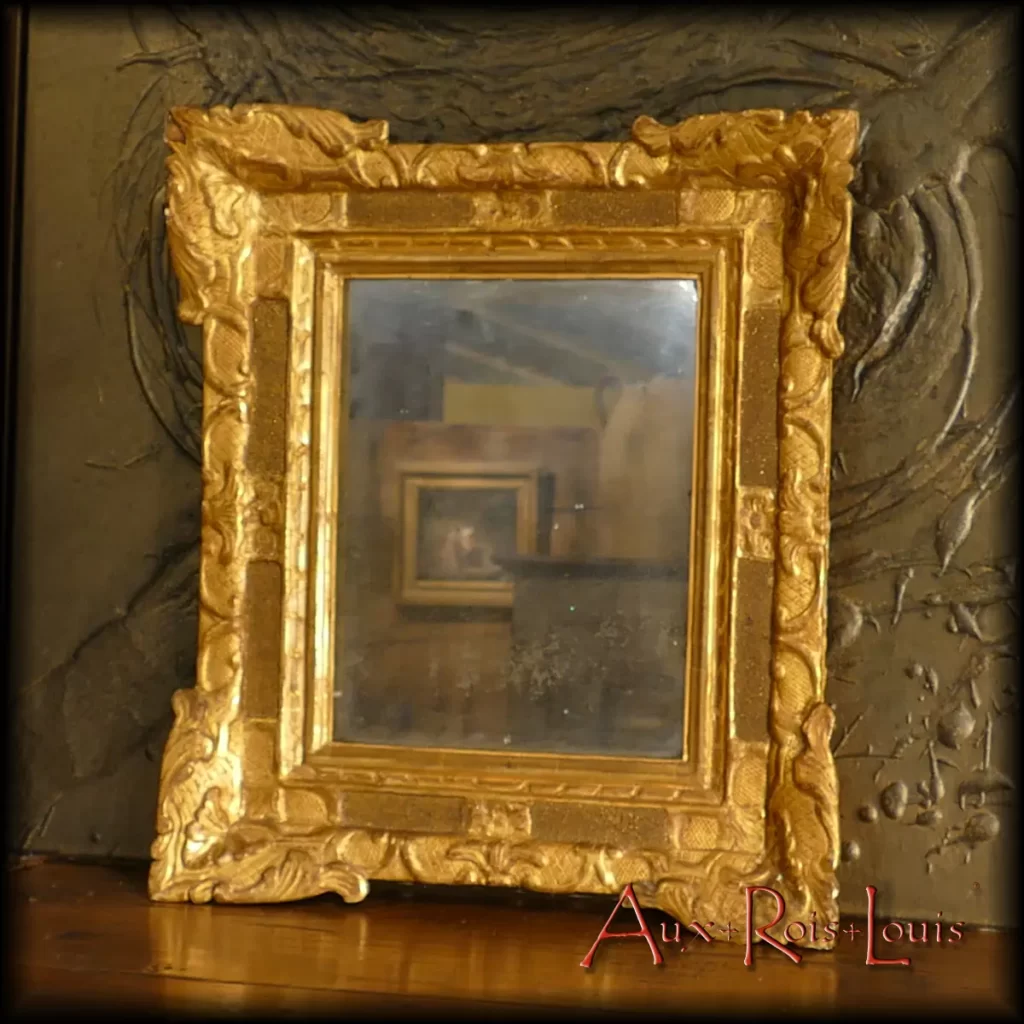
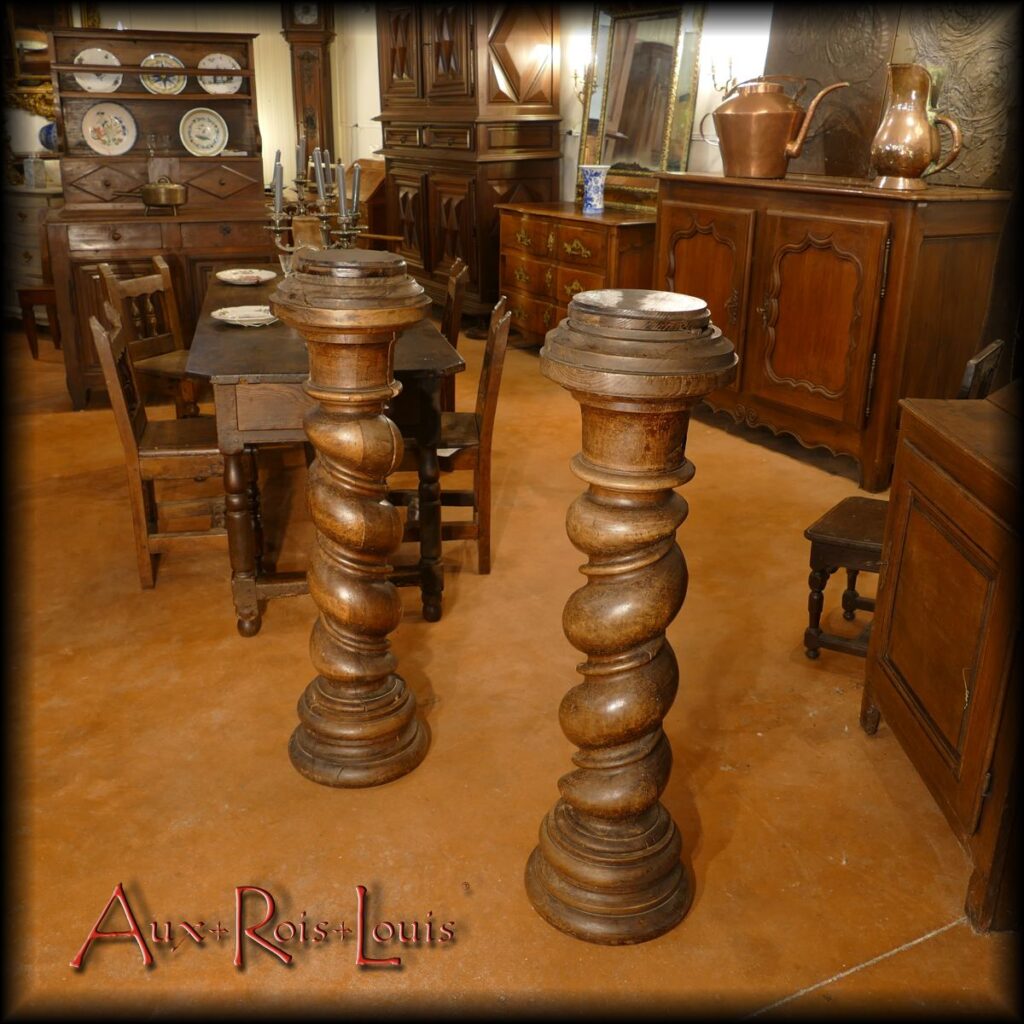
![‘Le saut de l’Ange’ – Oil on canvas – 18th century – Italy – [ME102] – This oil on canvas painting from 18th century Italy, titled](https://www.aux-rois-louis.com/wp-content/uploads/2023/02/ME102_P1660563-1024x1024.webp)
![Louis XIII Manor Table in Oak – 17th century – Corrèze – [ME091]](https://www.aux-rois-louis.com/wp-content/uploads/2022/12/ME091_485-1024x1024.webp)
![Louis XIII style walnut reception table – 19th century – Périgord – [ME092]](https://www.aux-rois-louis.com/wp-content/uploads/2022/12/ME092_491-1024x1024.webp)
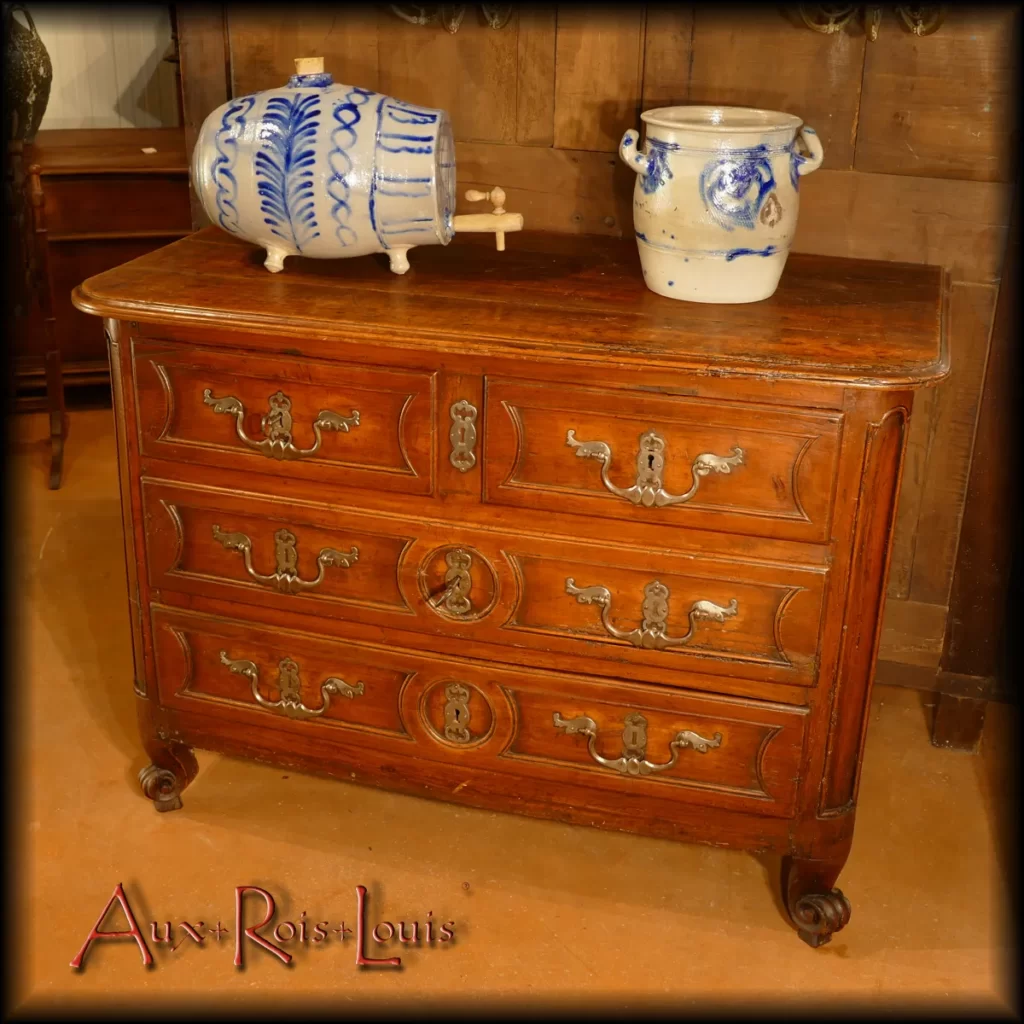
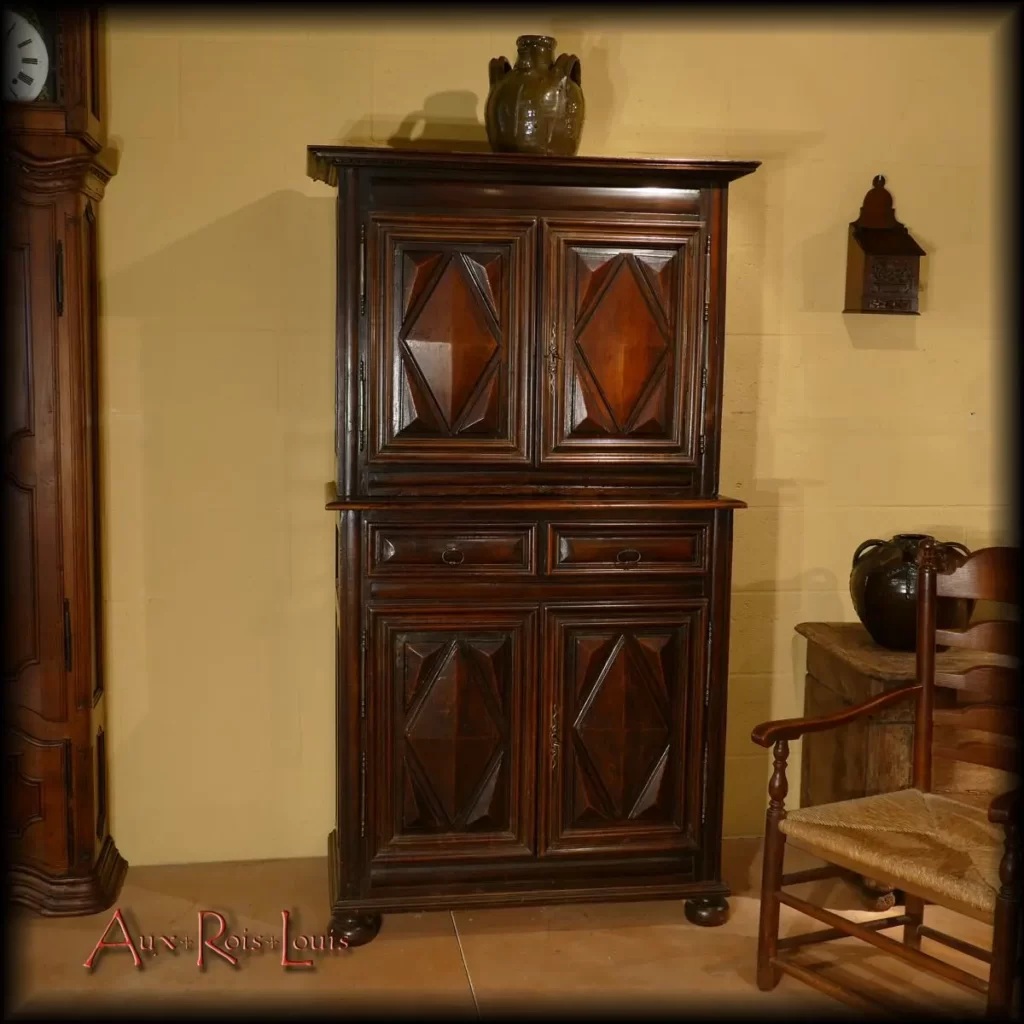
![Walnut bonnetière – Louis XIV – 17ᵗʰ century – Périgord – [ME082]](https://www.aux-rois-louis.com/wp-content/uploads/2022/08/ME082_P1660256-1024x1024.webp)
![Louis XV mirror – gilded wood – 18ᵗʰ century – South West – [ME085]](https://www.aux-rois-louis.com/wp-content/uploads/2022/06/ME085_P1660289-1024x1024.webp)
![Large Louis XV mirror – gilded wood – late 18ᵗʰ century – Midi-Pyrénées – [ME084]](https://www.aux-rois-louis.com/wp-content/uploads/2022/06/ME084_P1660282-1024x1024.webp)
![Louis XV mirror – giltwood frame – late 18ᵗʰ century – South of France – [ME083]](https://www.aux-rois-louis.com/wp-content/uploads/2022/06/ME083_P1660268-1024x1024.webp)
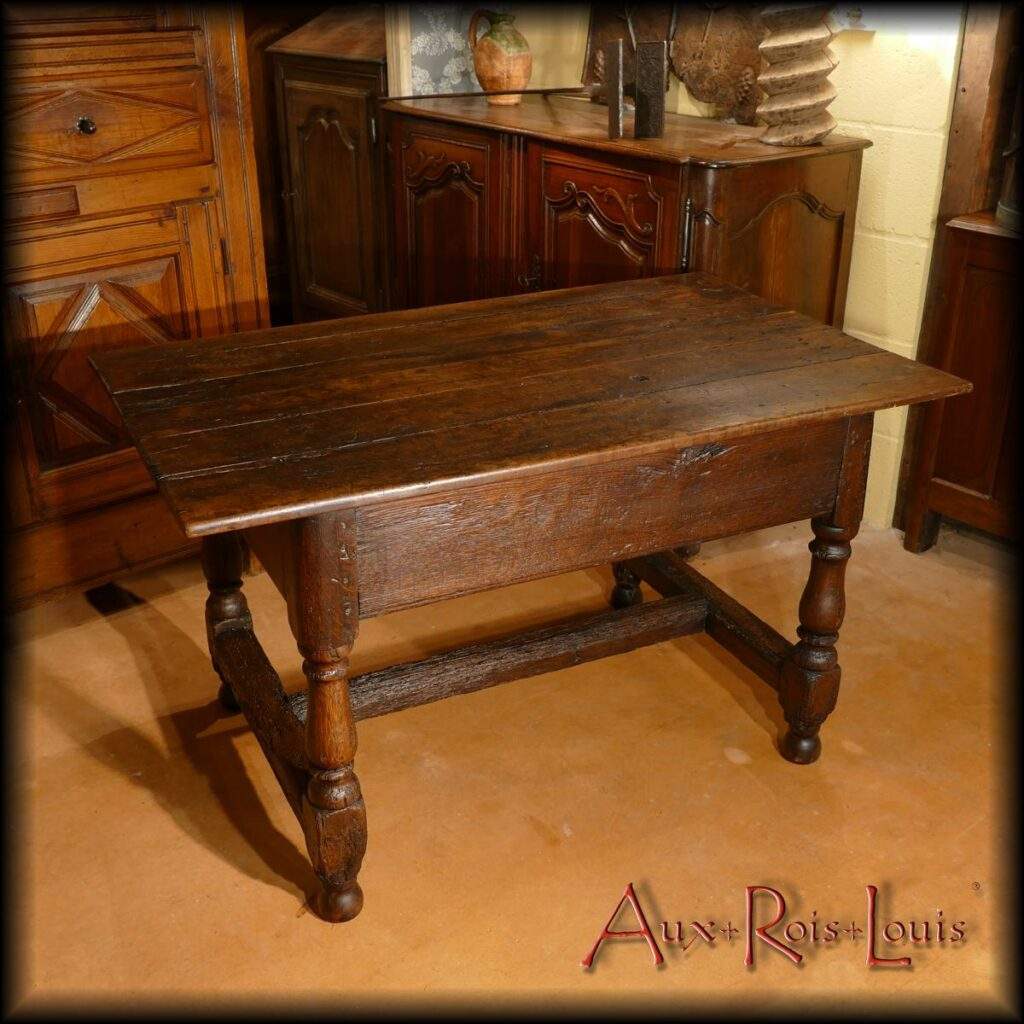
![Small vat for the soup in cast iron – 17ᵗʰ century – Fonderies du Périgord – [ME077]](https://www.aux-rois-louis.com/wp-content/uploads/2022/05/ME077_P1660136-1024x1024.jpg)
![Cast iron fireback – Louis XV – 18ᵗʰ century – South-West – [ME079]](https://www.aux-rois-louis.com/wp-content/uploads/2022/04/ME079_P1660184det-1024x1024.jpg)
![Louis XIII credenza in walnut – 17ᵗʰ century – South-West – [ME071]](https://www.aux-rois-louis.com/wp-content/uploads/2022/03/ME071_P1650727x900.jpg)
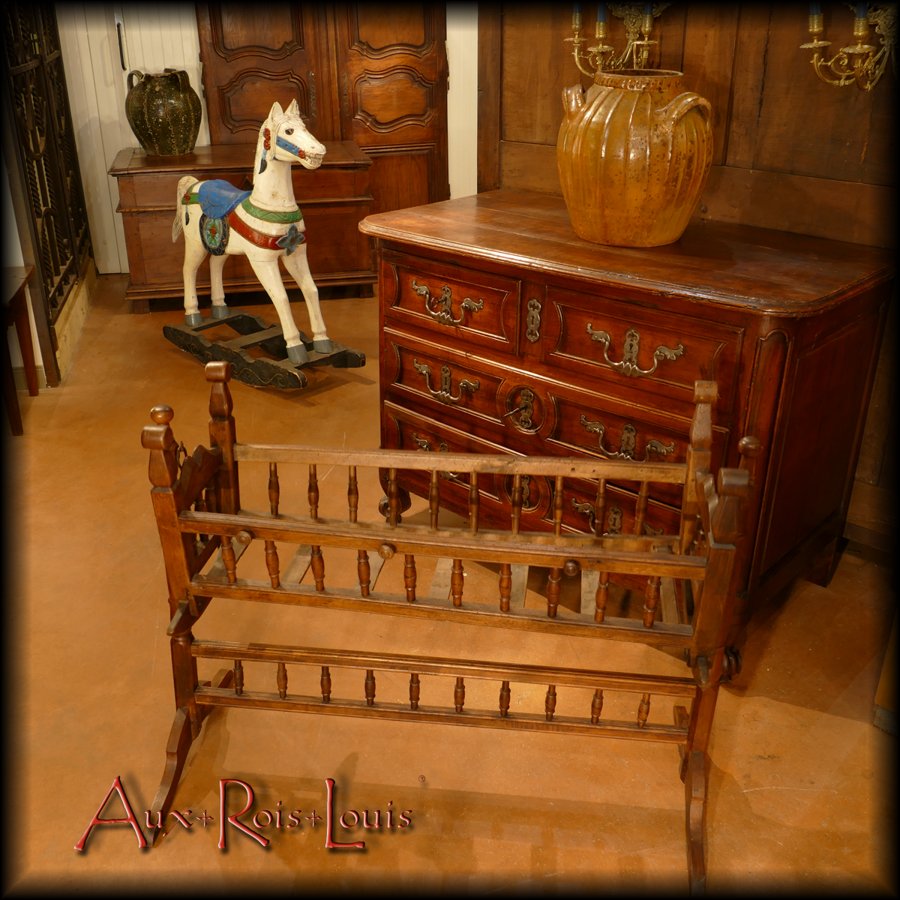
![Walnut storage cabinet – 18ᵗʰ century – France – [ME066]](https://www.aux-rois-louis.com/wp-content/uploads/2021/11/ME066_P1650134x900.jpg)
![Walnut sideboard with scallop shell – Louis XV – 18th century – Lot Valley – [ME067]](https://www.aux-rois-louis.com/wp-content/uploads/2021/11/ME067_144.jpg)
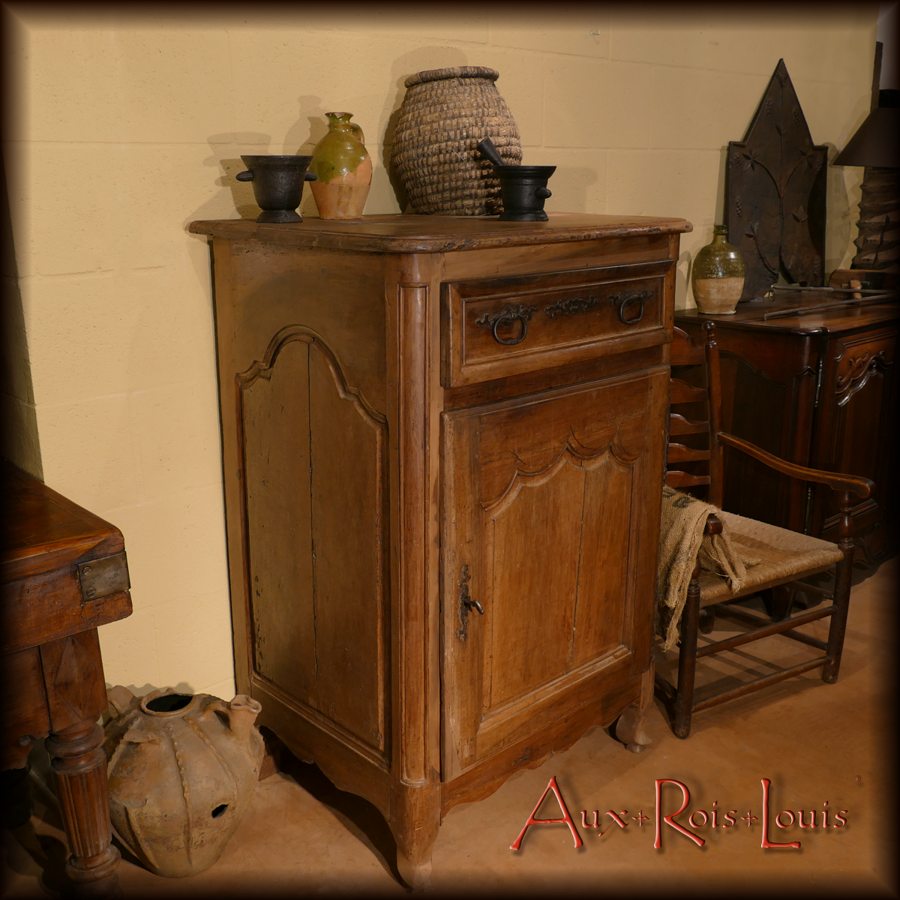
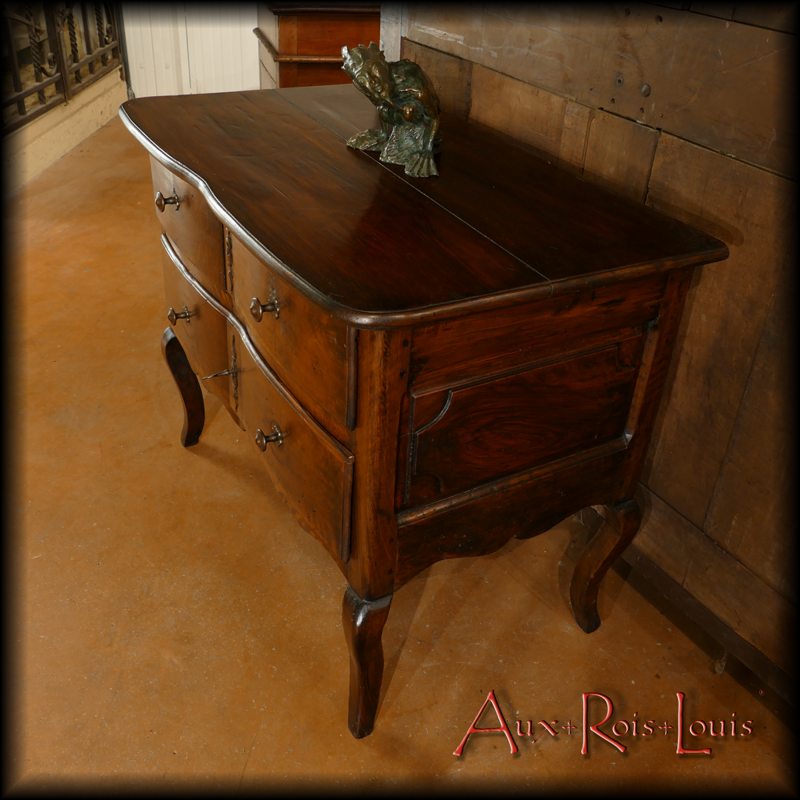
![Cast iron andirons - 18th century - Périgord - [ME062]](https://www.aux-rois-louis.com/wp-content/uploads/2021/09/ME062_013.jpg)
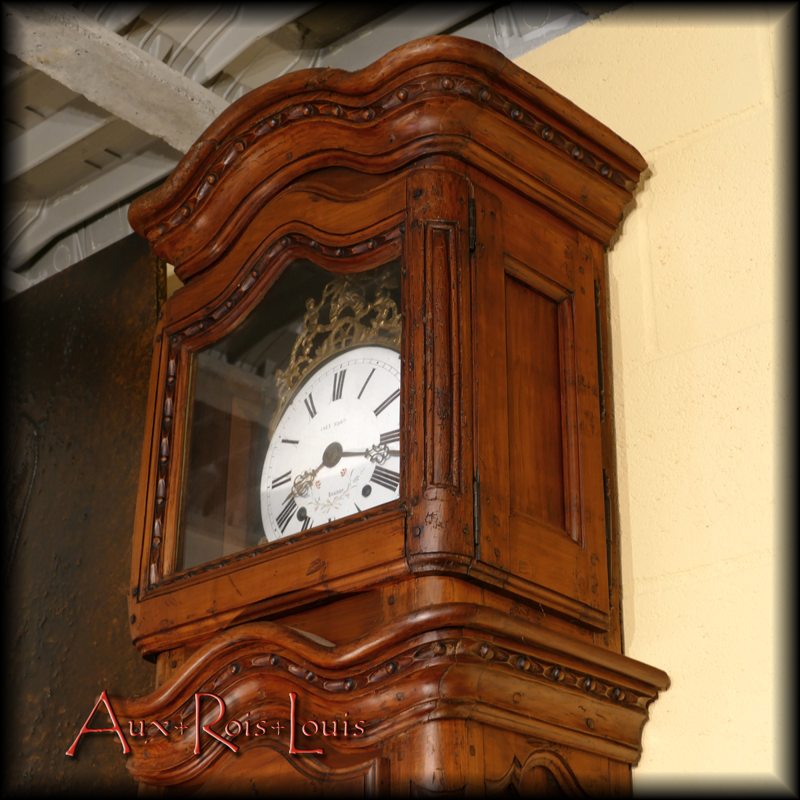
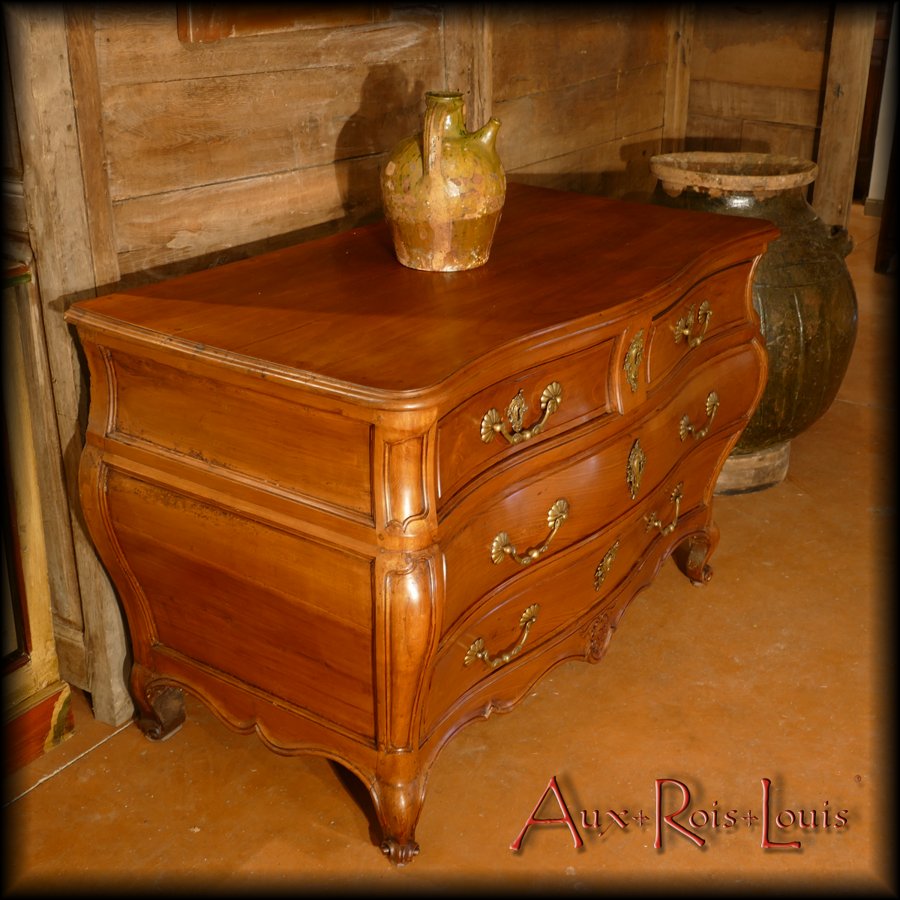
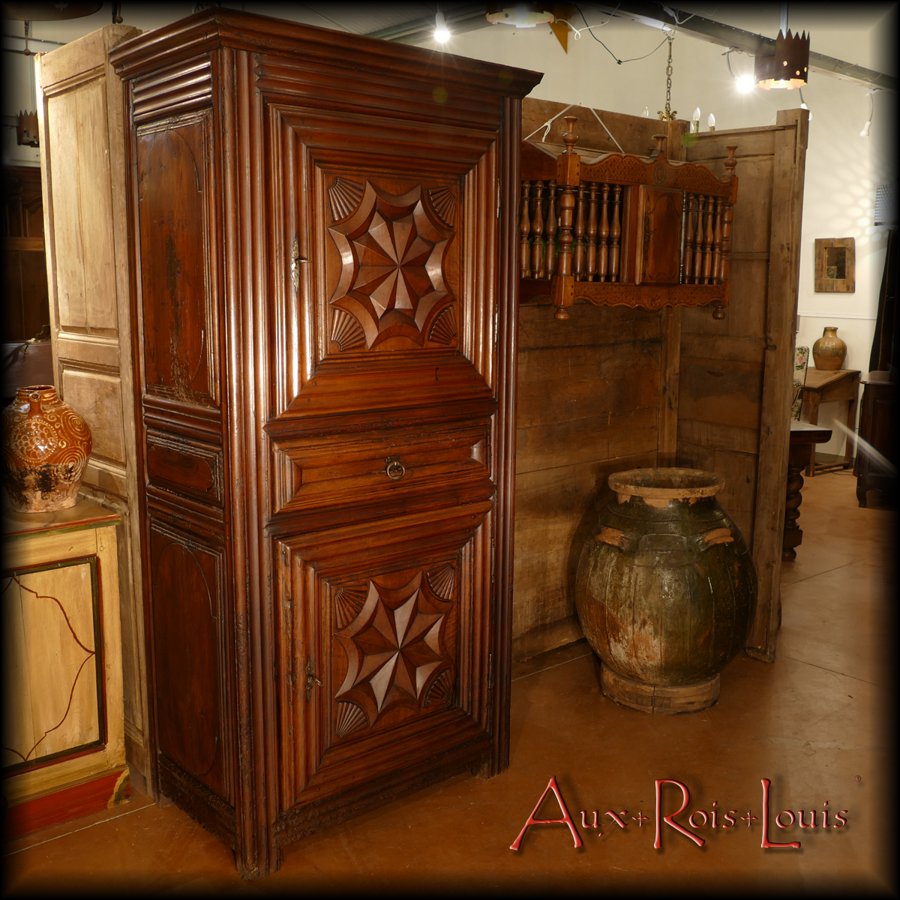
![Renaissance style chest in walnut - 17ᵗʰ century - Périgord - [ME051]](https://www.aux-rois-louis.com/wp-content/uploads/2021/04/ME051_P1600475.jpg)
![Mazarin desk in walnut - Louis XIV - South West - [ME049]](https://www.aux-rois-louis.com/wp-content/uploads/2021/02/ME049_P1600325.jpg)
![Louis XVI walnut chest of drawers – Late 18ᵗʰ century – South West – [ME045]](https://www.aux-rois-louis.com/wp-content/uploads/2021/02/ME045_P1600266.jpg)
![Cherry wood sideboard – Louis XV Regency – 18ᵗʰ century – Aveyron – [ME047]](https://www.aux-rois-louis.com/wp-content/uploads/2021/01/ME047_P1600242.jpg)
![Louis XVI walnut chest of drawers – Late 18ᵗʰ century – Sud-Ouest – [ME039]](https://www.aux-rois-louis.com/wp-content/uploads/2020/11/ME039_P1600103.jpg)
![Pantalonnière cupboard in cherry wood – Louis XIV – 18ᵗʰ century – Gironde – [ME044]](https://www.aux-rois-louis.com/wp-content/uploads/2020/11/ME044_184.jpg)
![Mazarin desk in walnut, oak and pear – Louis XIV – 17ᵗʰ century – South-West – [ME040]](https://www.aux-rois-louis.com/wp-content/uploads/2020/10/P1600115c800.jpg)
![Curved chest of 4 drawers in walnut – 18ᵗʰ century – Rhône Valley [ME038]](https://www.aux-rois-louis.com/wp-content/uploads/2020/09/ME038_670.jpg)
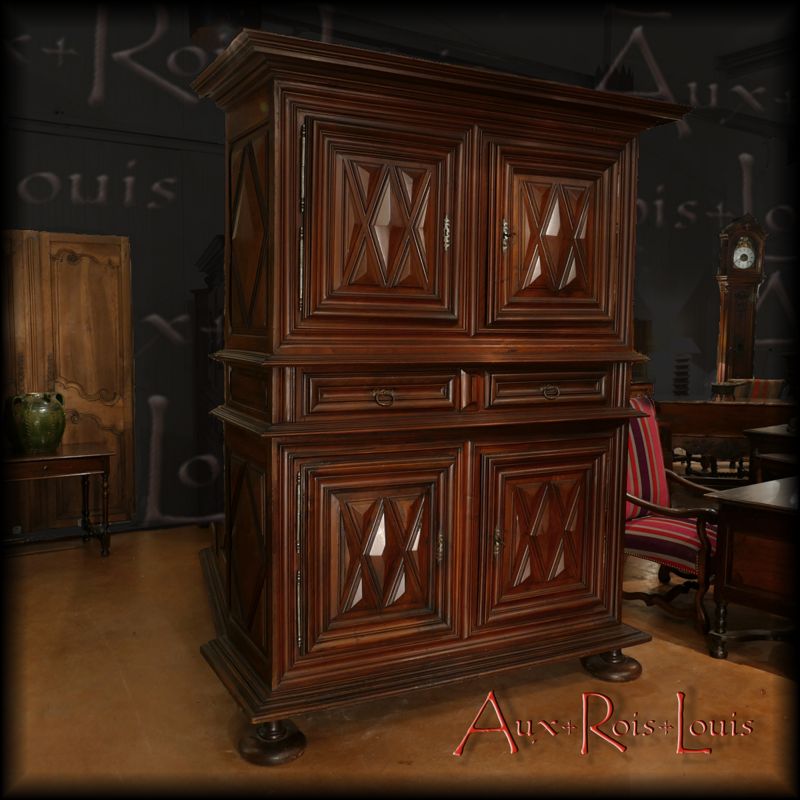
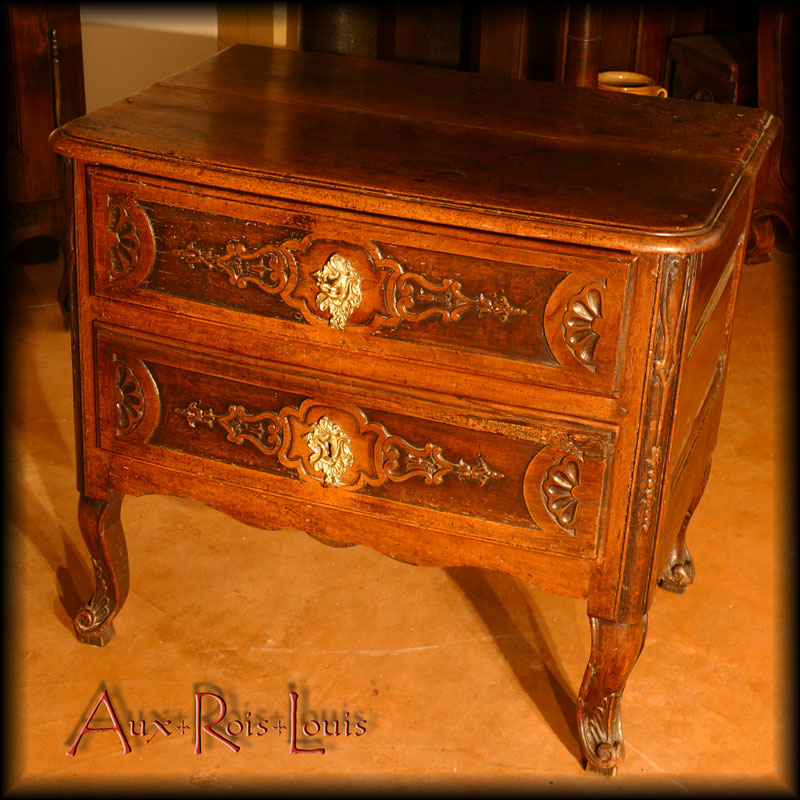
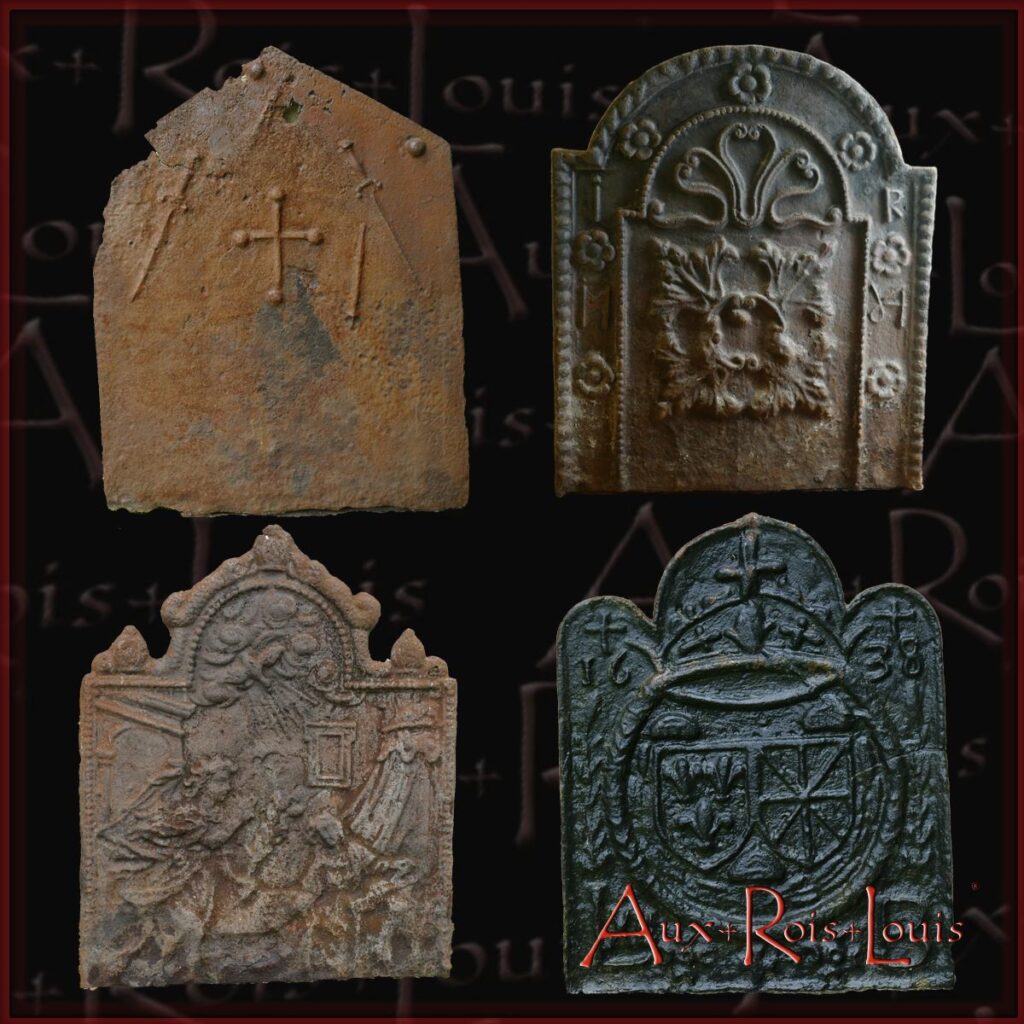
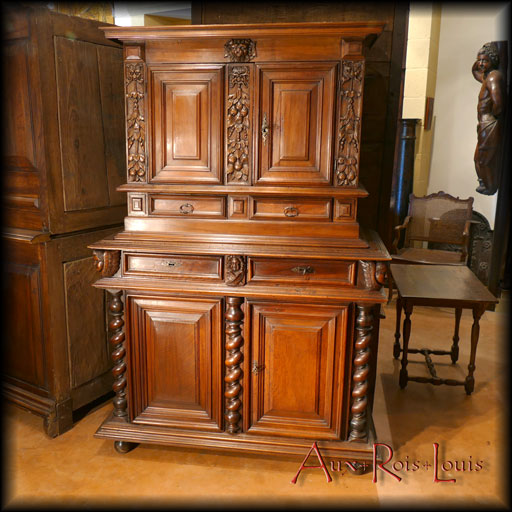
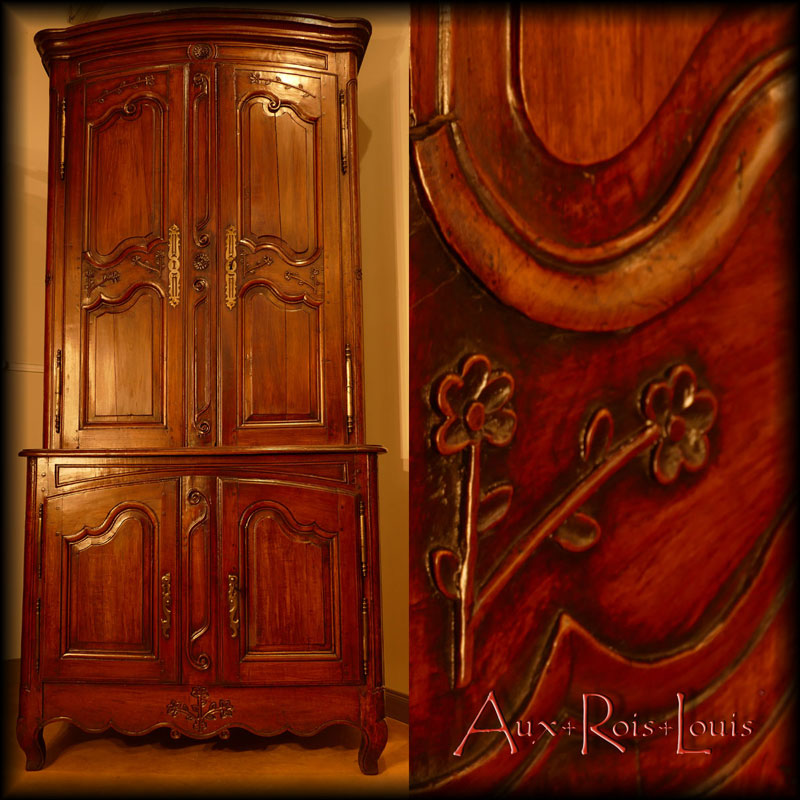
![18ᵗʰ century cherrywood commode – South West of France [ME008]](https://www.aux-rois-louis.com/wp-content/uploads/2017/07/ME008_N08_P1350598c.jpg)